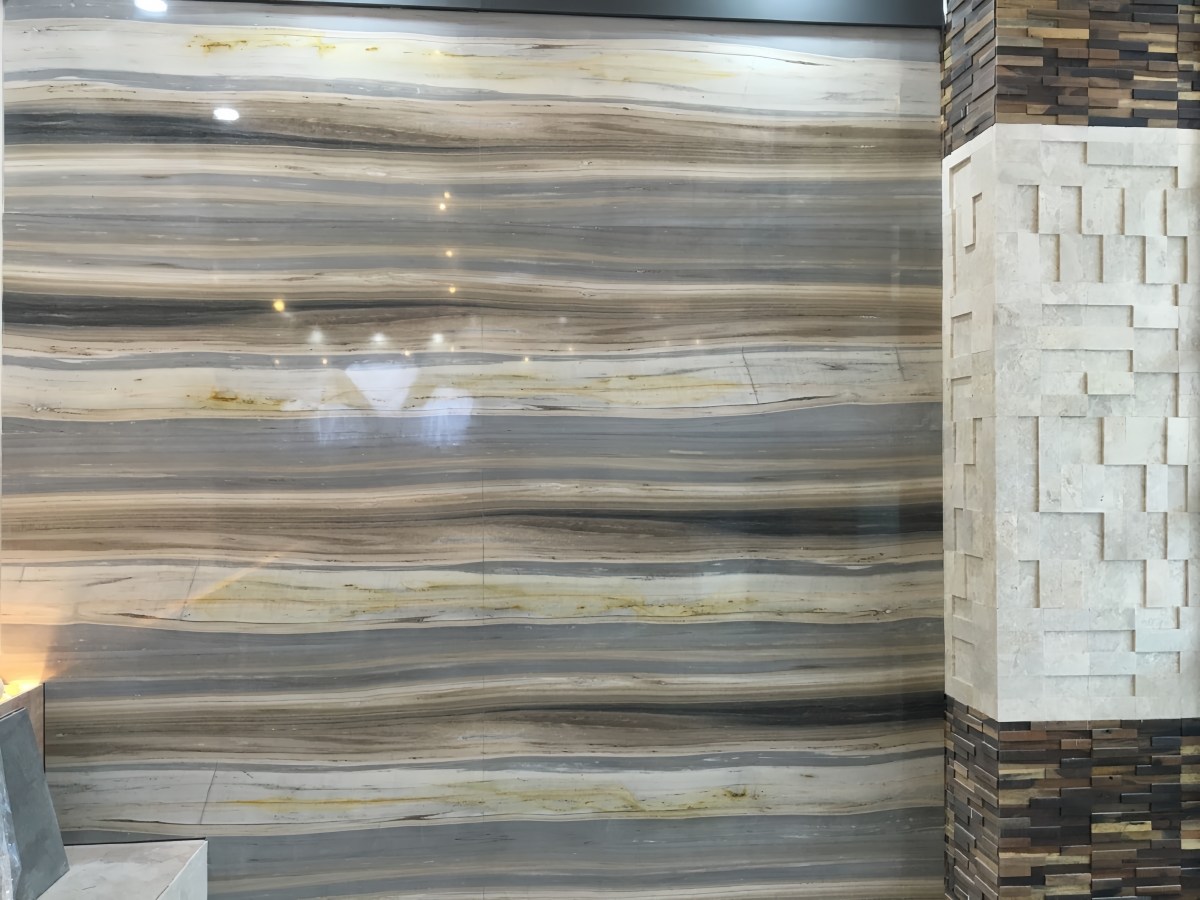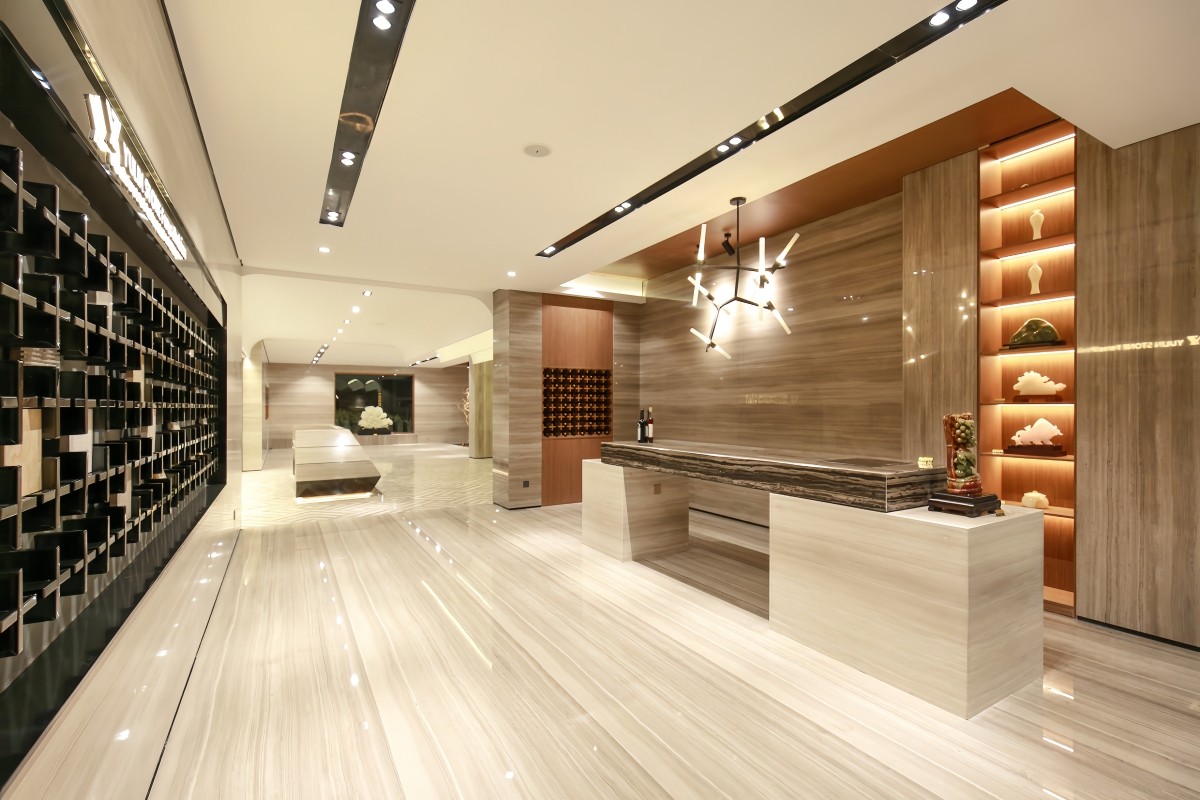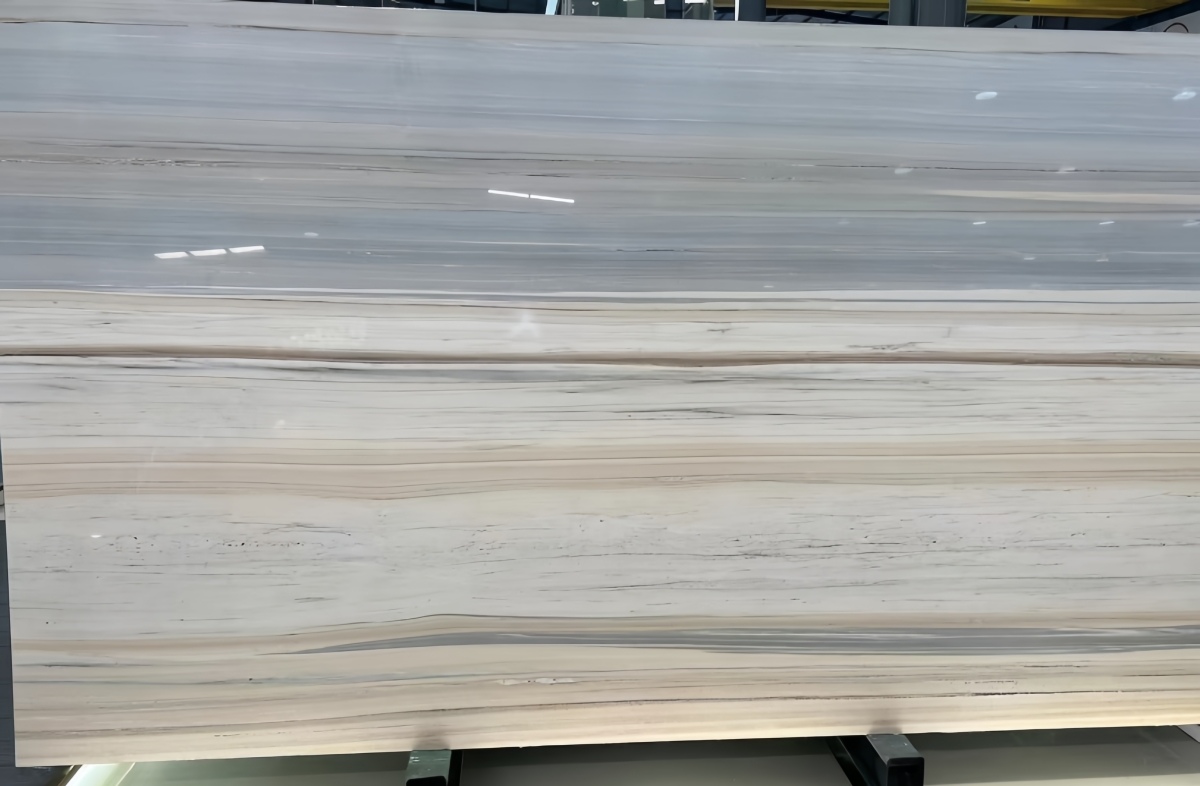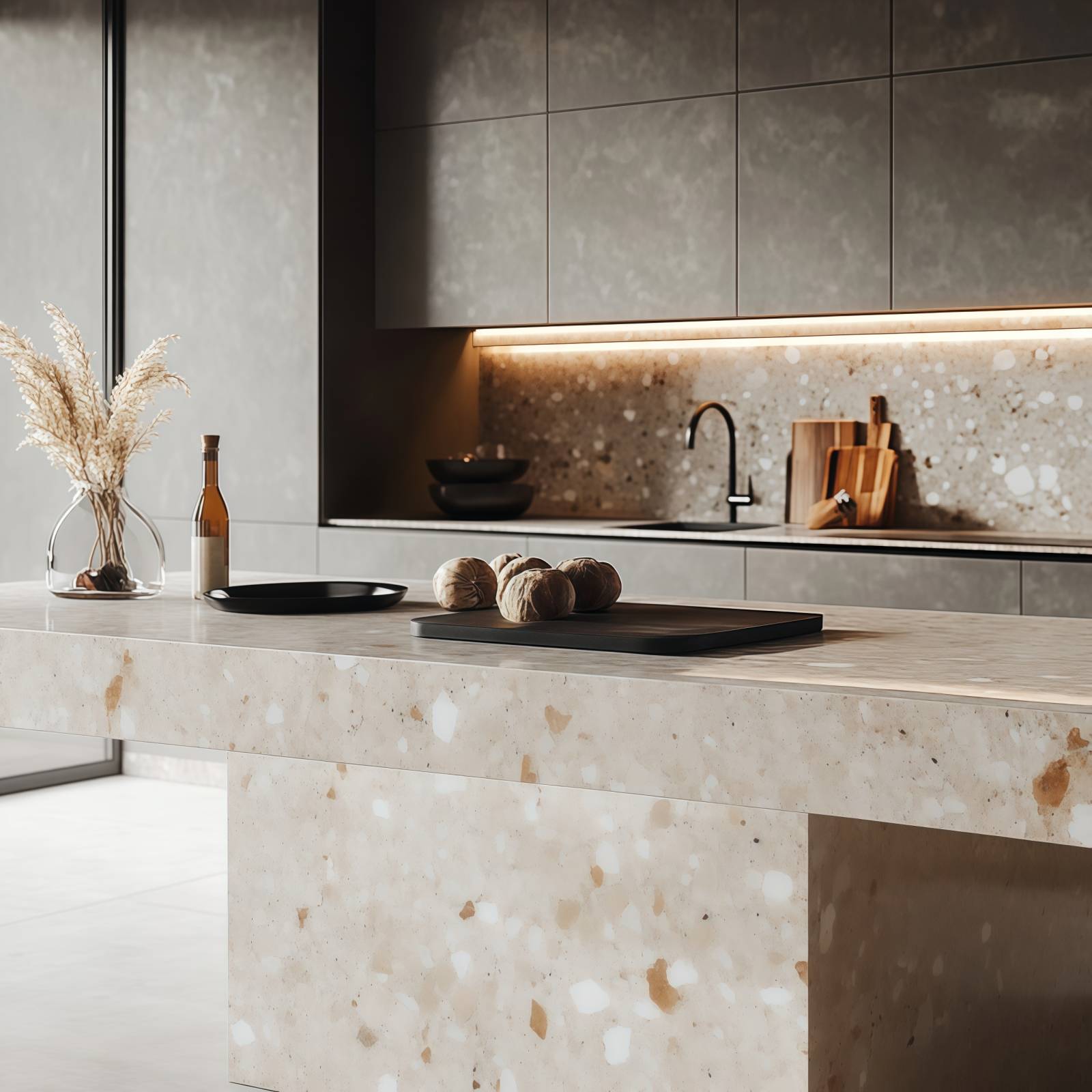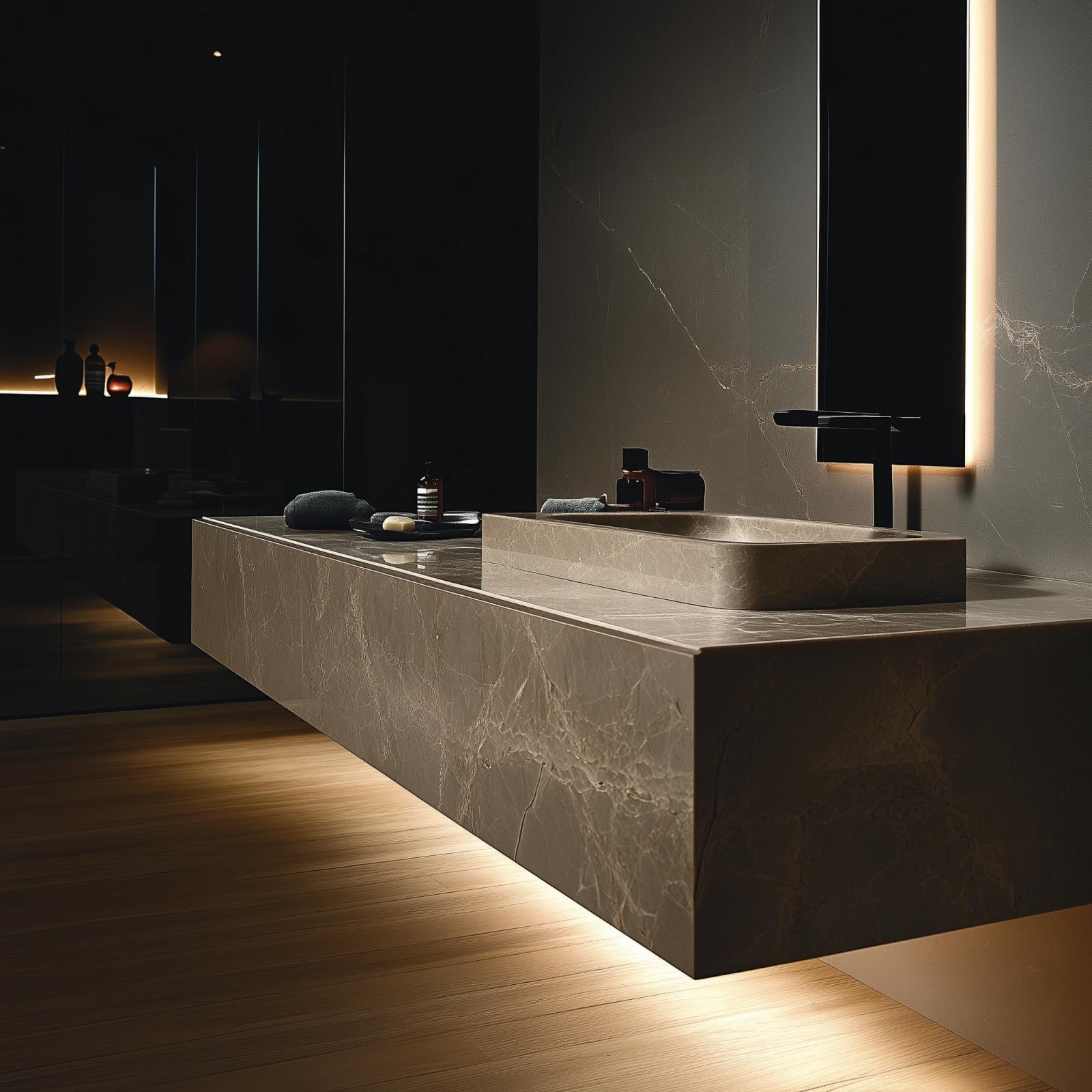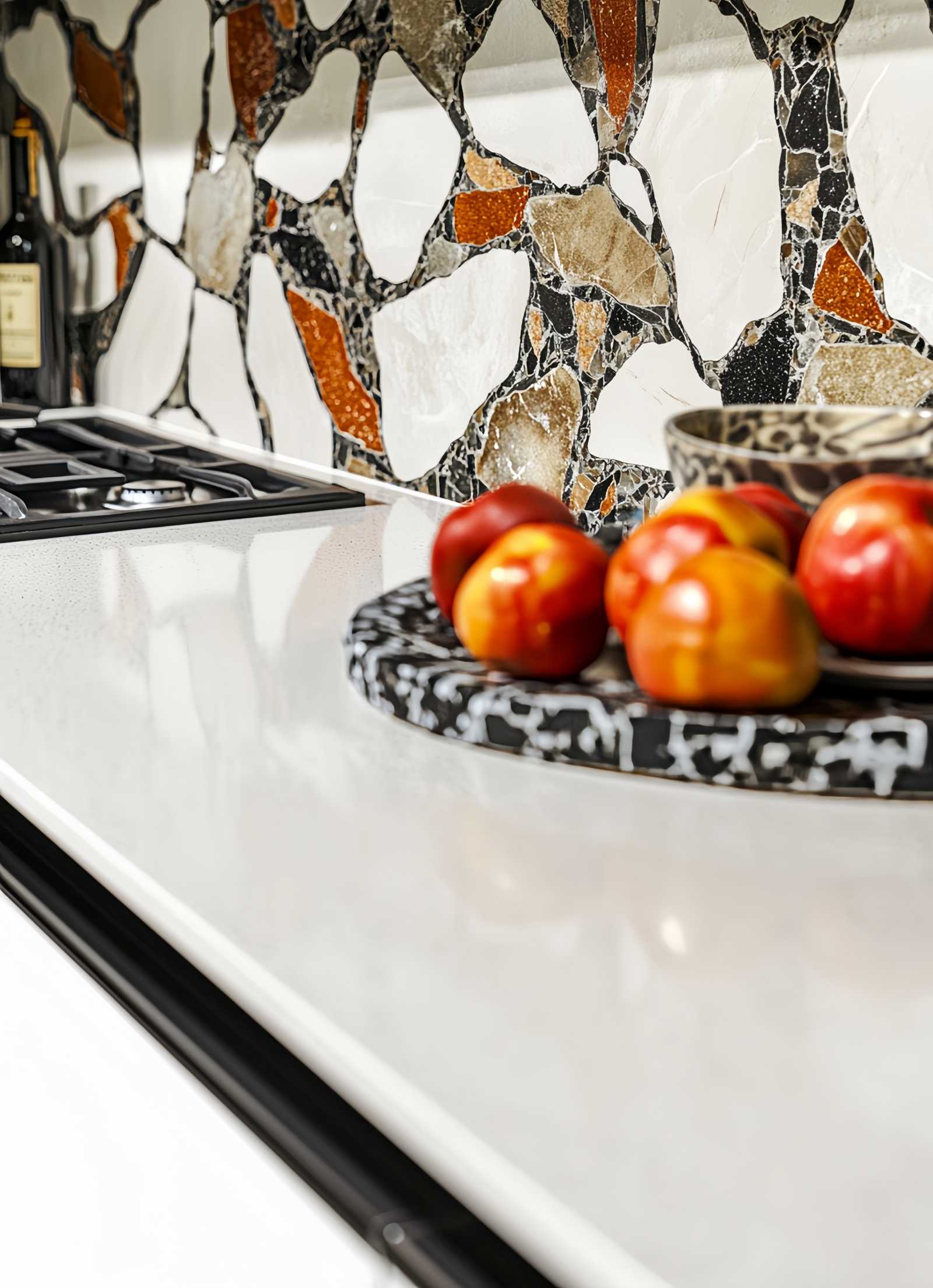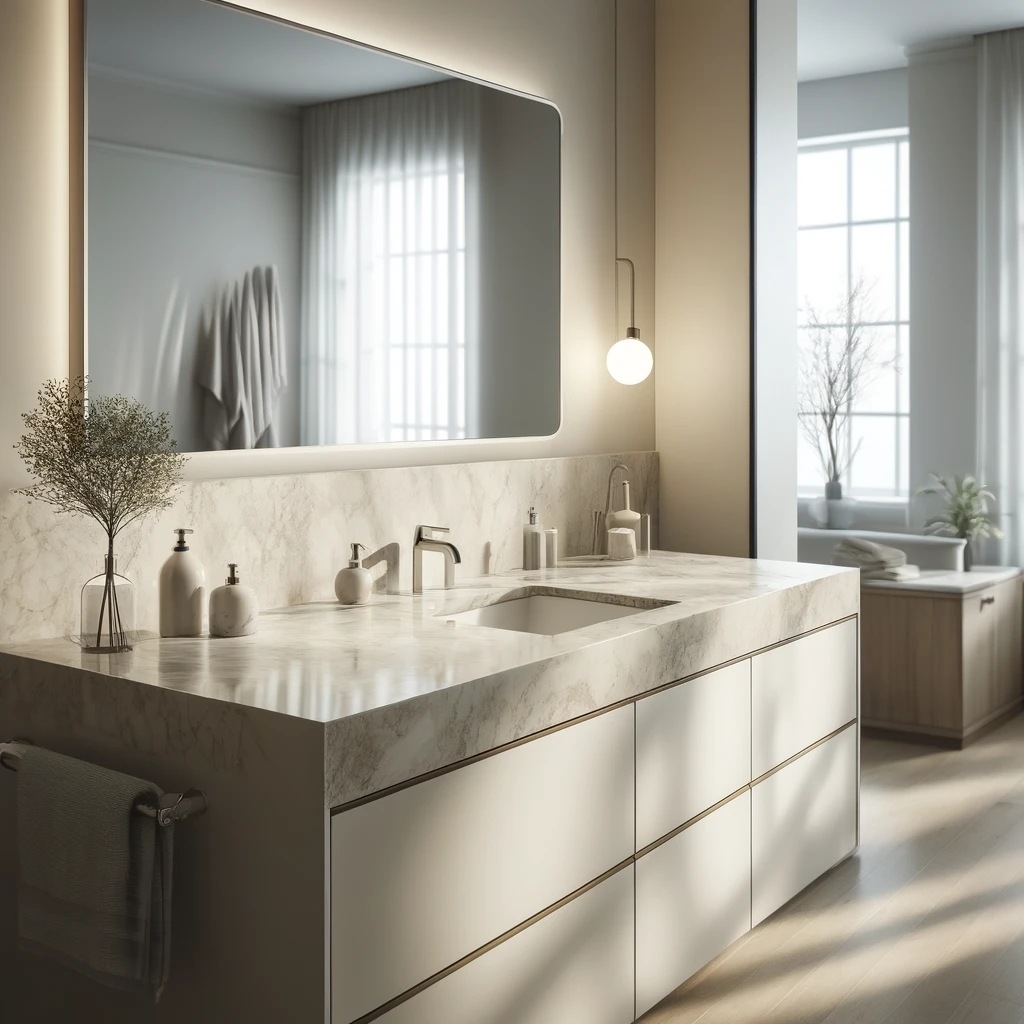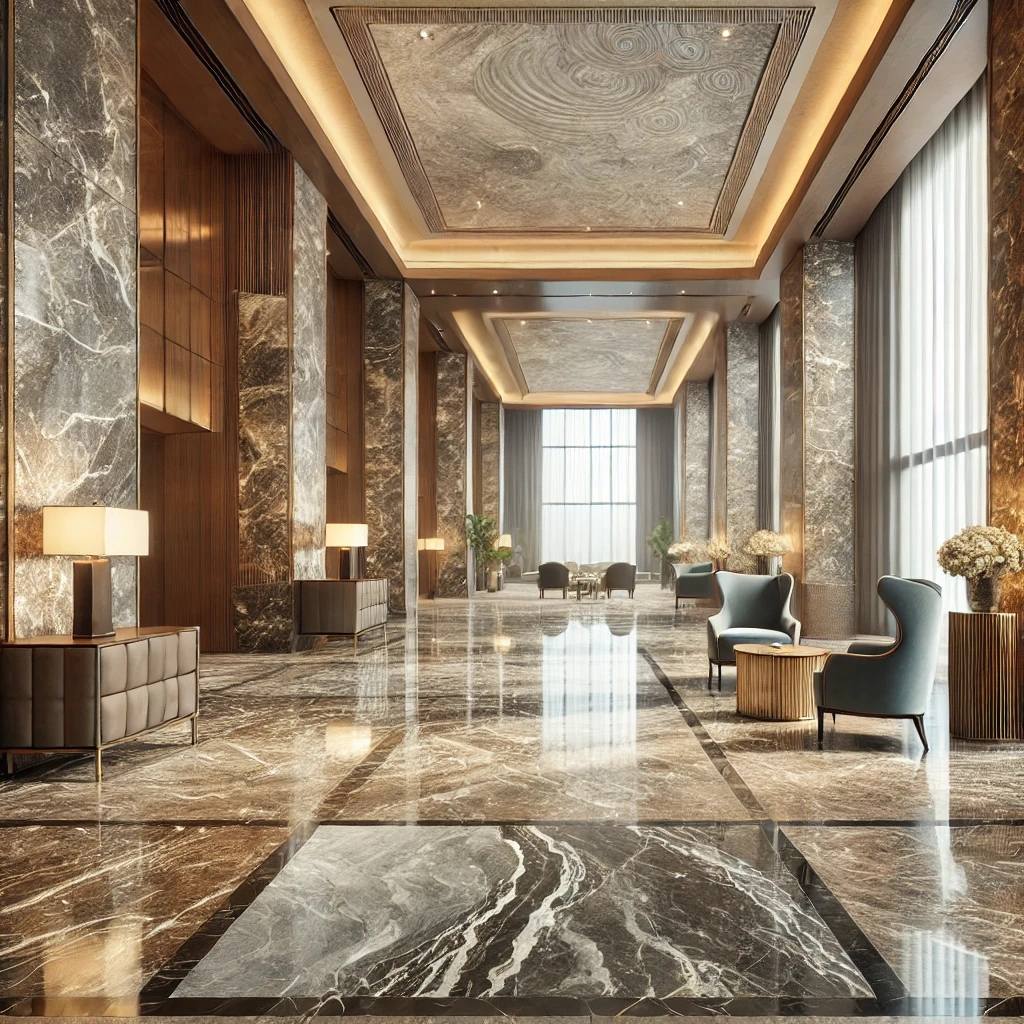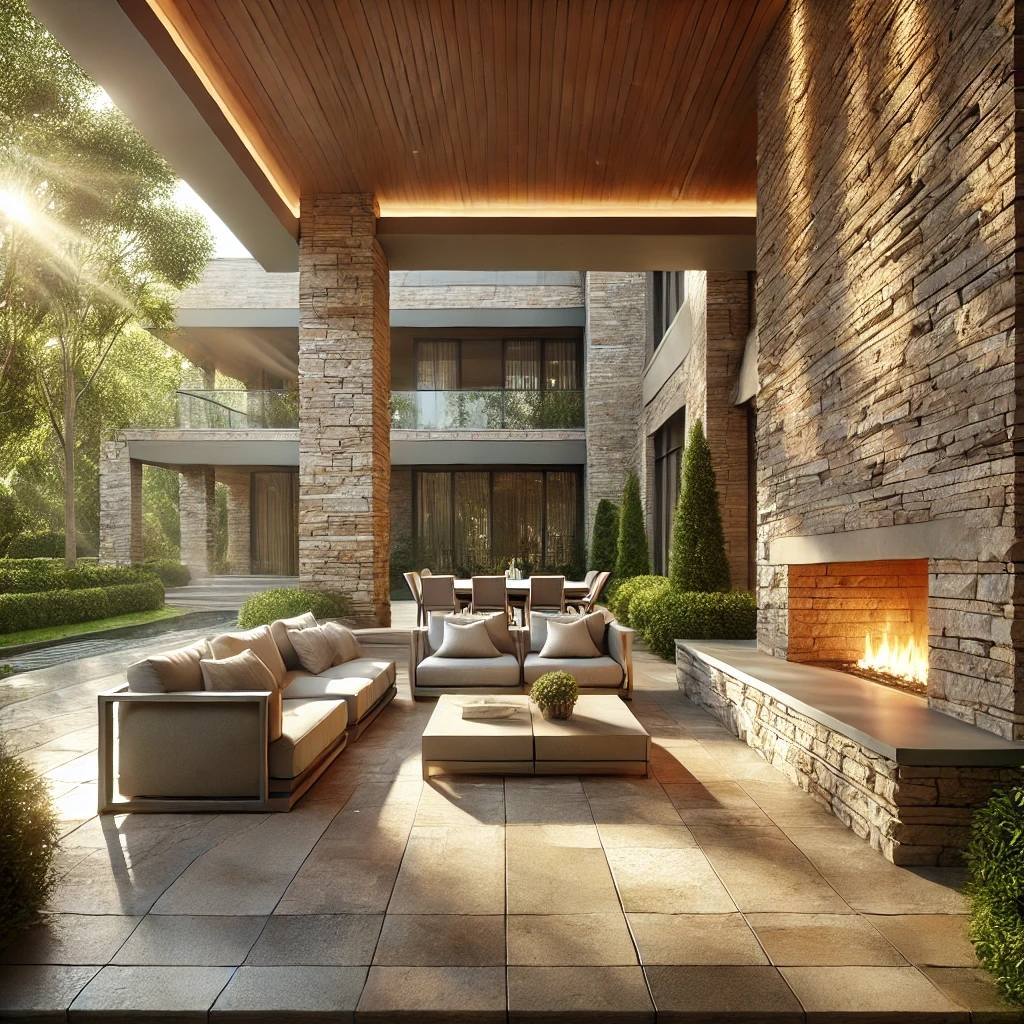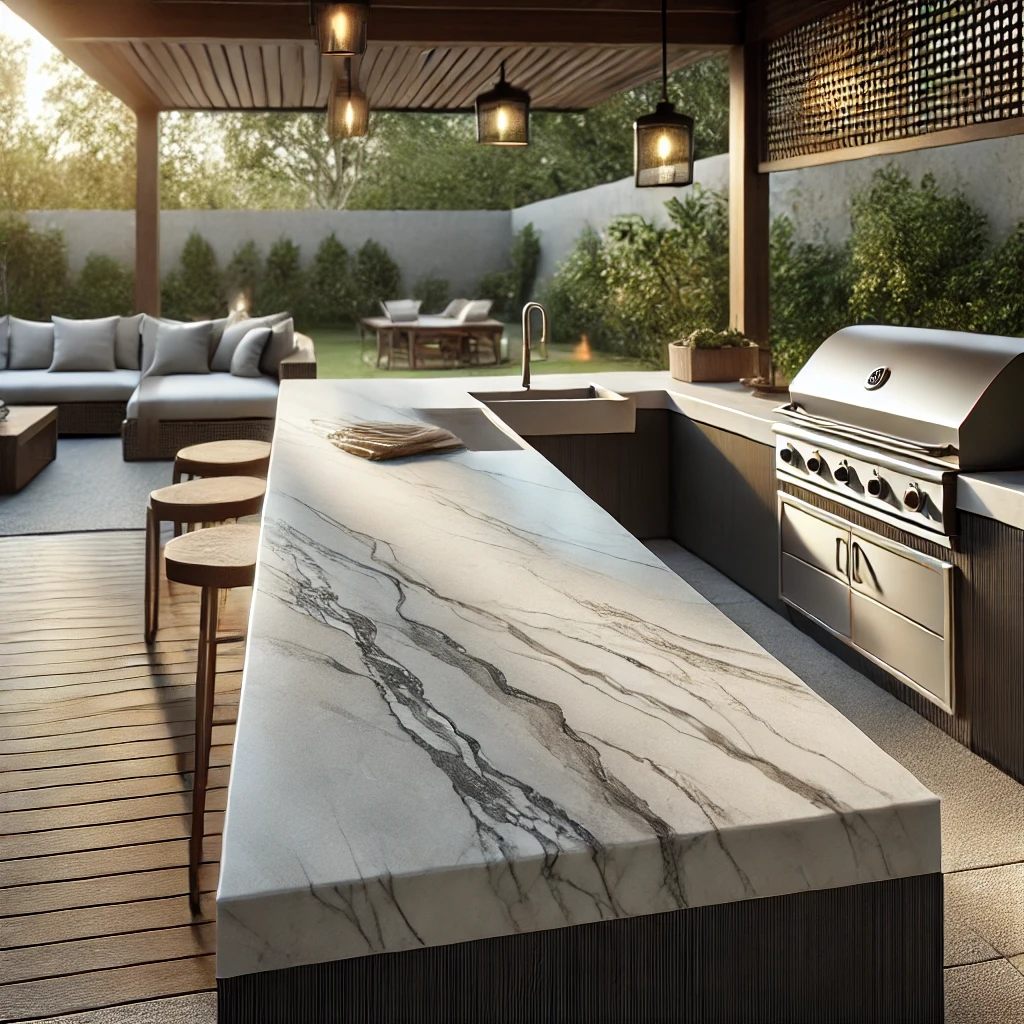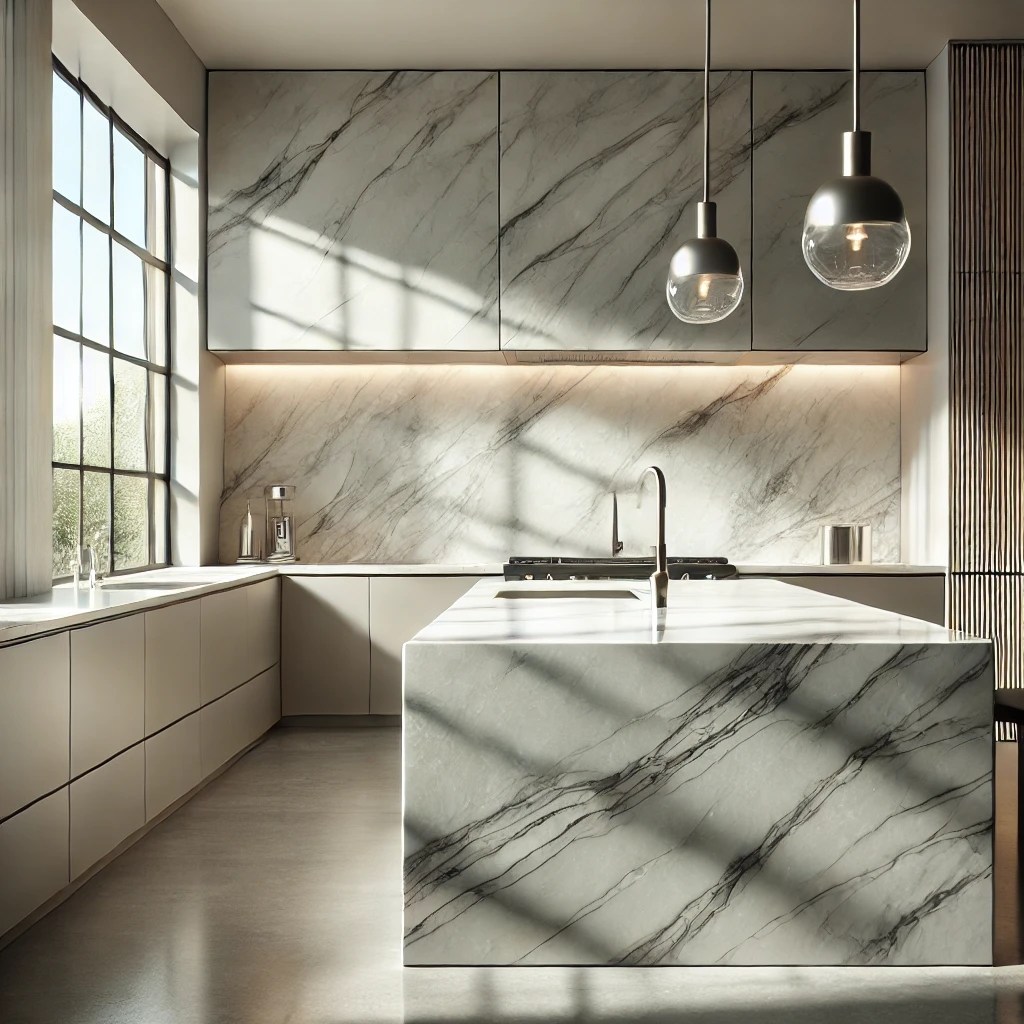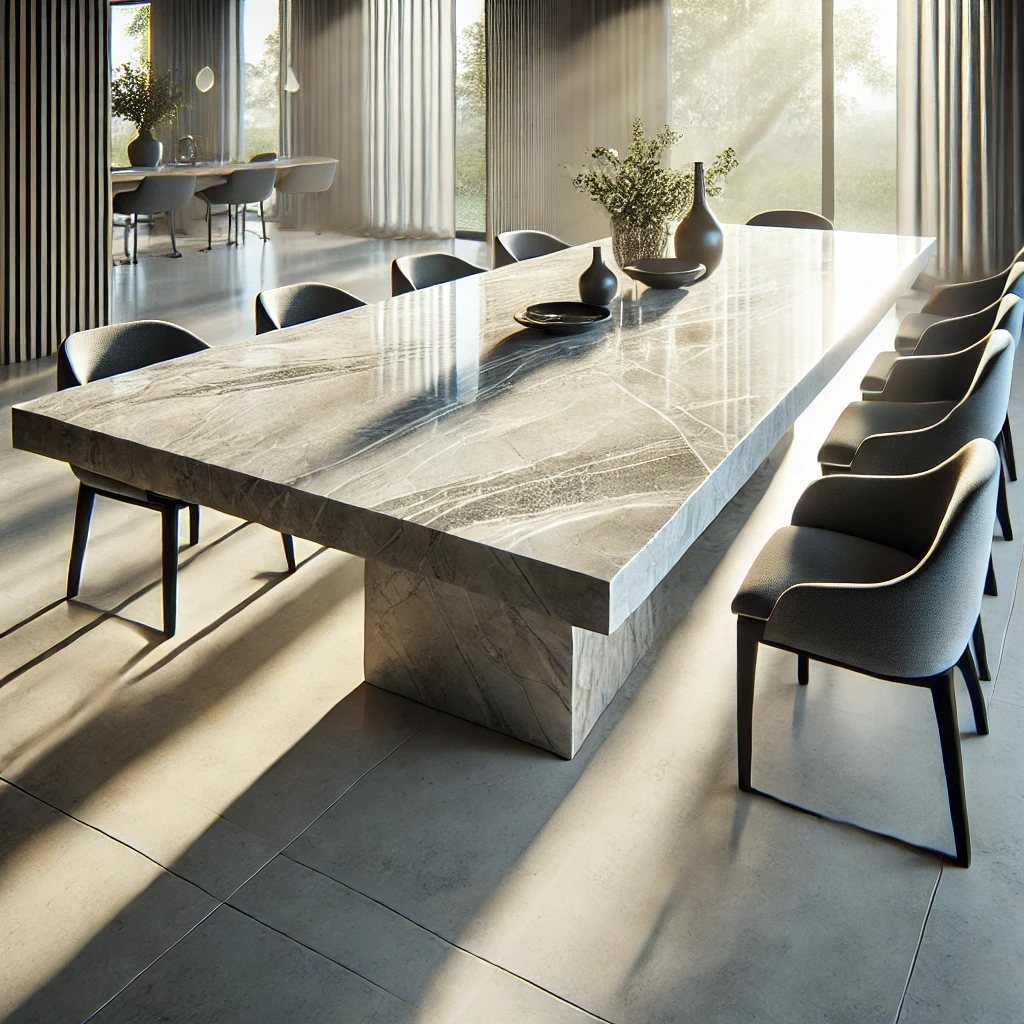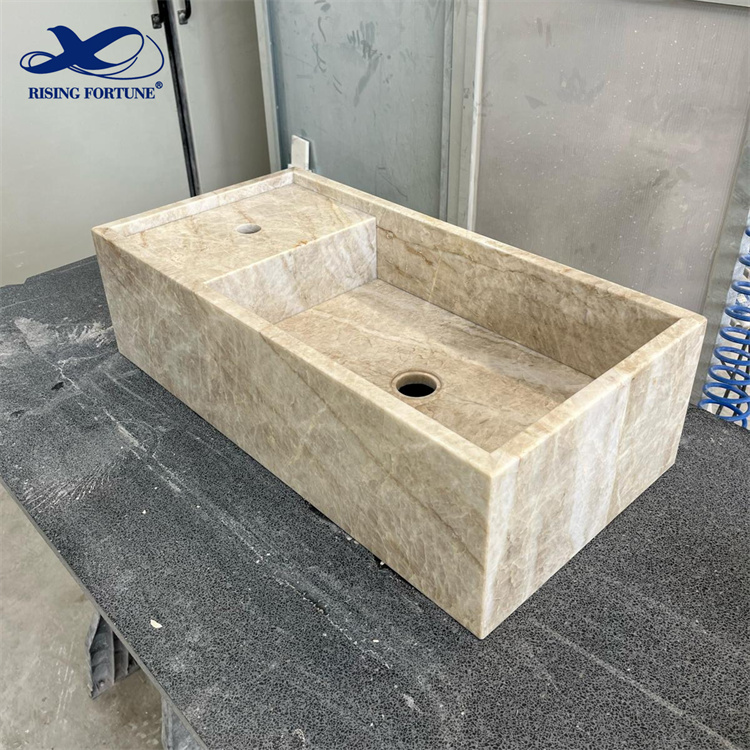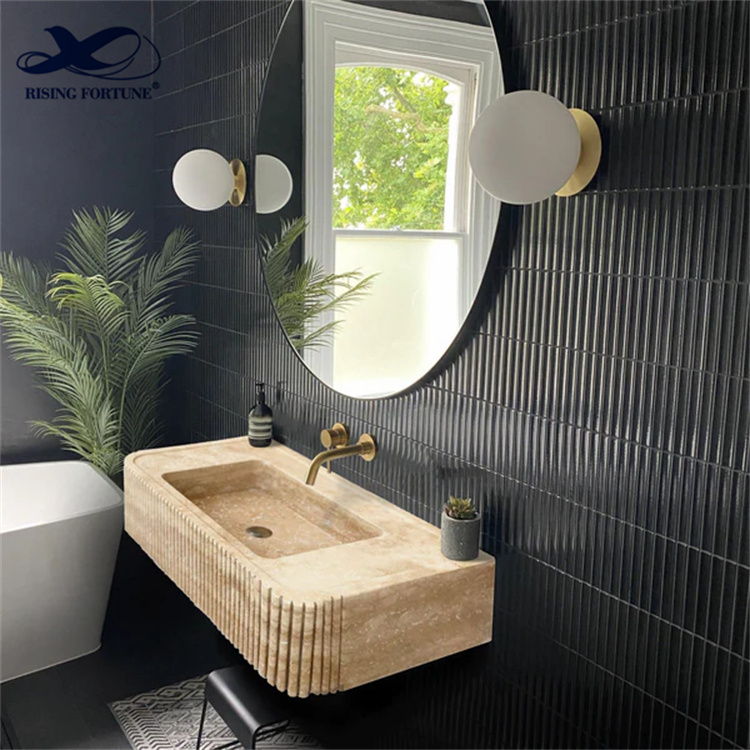When it comes to designing a kitchen that feels both stylish and enduring, few materials have the staying power of marble. Trends come and go—open shelving, bold cabinet colors, industrial finishes—but marble always manages to hold its ground. Walk into a modern condo in New York or a centuries-old villa in Tuscany, and chances are you’ll find marble taking center stage in the kitchen. Its natural beauty, cool touch, and unique veining make it a favorite for homeowners and designers alike. But beyond looks, marble carries a certain timelessness that’s hard to replicate. Let’s dive into why marble continues to captivate and how it can be incorporated into today’s kitchens.

A Rich History of Elegance
Marble isn’t a new kid on the block. Its story is one of the oldest in human design. Think of the ancient Greeks and Romans—the masters of architecture and sculpture who used marble to build some of the world's most iconic structures, like the Parthenon and the Colosseum. They knew marble wasn't just a building material; it was a symbol of power, wealth, and timeless beauty.
Fast forward to the Renaissance, and artists like Michelangelo used it to create masterpieces that still captivate us today. The cool, smooth surface of marble and its unique veining made it perfect for capturing the human form with a sense of lifelike grace.
This rich history is part of what gives a marble kitchen its gravitas. When you install a marble countertop or a backsplash, you're not just buying a slab of stone; you're bringing a piece of this legacy into your home. It’s a connection to centuries of art and design, a material that has been celebrated by cultures across the globe. This kind of deep, historical significance is something that a manufactured surface just can't replicate, and it's a huge reason why marble's appeal is truly timeless.

Aesthetic Versatility
One of marble’s biggest strengths is its ability to adapt to different styles. Whether your kitchen leans modern, traditional, rustic, or somewhere in between, marble fits right in.
Want a sleek, minimalist vibe? Go for honed white marble with subtle veining.
Prefer something bold and dramatic? Black marble with gold veins can make a stunning impact.
Love the farmhouse look? Pair Carrara marble with warm wood tones and vintage fixtures.
Marble’s natural patterns and color variations mean no two slabs are exactly alike. That uniqueness adds character and depth to your space, making it feel curated rather than cookie-cutter.

The Application of Marble in the Kitchen
Countertops
Countertops are the most common and iconic way to showcase marble. A marble countertop immediately becomes the focal point of the kitchen. The surface is smooth, cool, and ideal for baking—pastry chefs especially love it for rolling dough. While marble is softer than granite and can show wear over time, many people see that natural patina as part of its charm. Rather than fearing scratches or etches, they embrace them as signs of a well-loved kitchen.
Backsplashes
Marble backsplashes are a great way to add elegance without going all-in on countertops. You can opt for a full slab for a seamless look or use marble tiles in fun patterns like herringbone or chevron. Either way, it’s a surefire way to elevate your kitchen’s design.
Plus, marble backsplashes pair beautifully with brass fixtures, matte black hardware, or even colorful cabinetry. It’s like the little black dress of kitchen design—goes with everything.
Flooring
Marble flooring in the kitchen may feel extravagant, but it creates a truly luxurious experience. Its reflective quality makes kitchens appear larger and brighter. Polished marble floors can feel formal and glamorous, while honed finishes create a more casual, understated elegance. While it does require some care—marble can be more porous than other stones—it’s undeniably striking.
Kitchen Islands
A marble-topped kitchen island is a showstopper. It turns a functional workspace into a focal point. Because islands are often a central gathering spot, a marble surface makes a statement about the heart of your home. You can use a waterfall edge—where the marble slab flows vertically down the sides of the island—to create an even more dramatic and modern look.
Wall Cladding & Accents
For those who want to go beyond traditional applications, marble wall cladding is an impressive choice. A full marble wall behind the stove or sink adds architectural drama and makes the kitchen feel custom-designed. Smaller accents, like marble shelving or trim, can also introduce the material without overwhelming the space. These touches work especially well in modern kitchens that aim for sleek, cohesive lines.
Dining Tables & Furniture
Why stop at the kitchen itself? Marble dining tables, sideboards, and even bar stools can tie the whole look together. A round marble table is perfect for cozy breakfasts, while a long rectangular one makes a statement in a formal dining area.



